A Queensland report says 60% of the state’s electricity could be generated by rooftop solar and distributed battery storage by 2035, if the state supports further rollout of consumer energy resources (CER).
A primary benefit for increased rooftop solar would be to reduce increasing demand on the transmission network based on in the Australian Electricity Market Operator’s (AEMOs) 2024 Electricity Statement of Opportunities central scenario forecast, the report says.
The Queensland Conservation Council (QCC), Maximising Queensland’s Local Energy Potential report says to allow the system to function with more rooftop solar the phasing out from gas, implementation of virtual power plants, the encouragement of vehicle-to-grid capability and unlocking commercial and residential appliances to scale up demand reduction, would be necessary.
The report makes five policy recommendations including solar for all renters, where landlord incentives are implemented along with minimum energy efficiency standards and mandatory disclosure for existing rental properties to encourage solar and battery installation on commercial and residential rental properties.
Going big on commercial rooftops would require removing financial and regulatory barriers to larger installations on commercial rooftops to ensure new installations, while solar sharing develops business models to allow solar to be sold to multiple tenants in commercial and apartment buildings.
Means-tested and targeted support for home owner-occupiers who face barriers to installing solar and batteries plus extending the National Australian Built Environment Rating System (NABERS) and the Nationwide House Energy Rating Scheme (NatHERS) to introduce a home and business retrofit program alongside a state-based energy efficiency scheme, are further initiatives encouraged by the report.
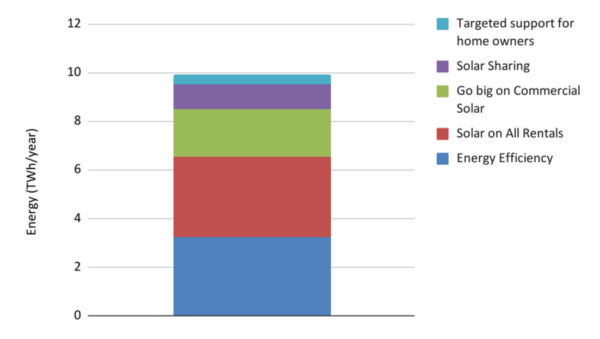
Image: Queensland Conservation Council
Queensland Conservation Council Energy Expert Clare Silcock said the state government’s support for the further rollout of small-scale solar, battery storage and energy efficiency upgrades to slash power bills and pollution for Queenslanders, is a no-brainer.
“The findings of this report are an exciting indication of the huge role that our homes and rooftops can play in repowering our State and slashing emissions,” Silcock said.
“Almost half of Queensland’s residential rooftops have solar installed, but there’s still a huge amount of untapped rooftop potential on homes and commercial buildings.”
Silcock added that the current state government is developing a 5-year energy plan, which is an opportunity for the government to prioritise proven solutions that will allow more local electricity generate and storage.
The QCC is calling for the states’ government to implement initiatives, such as, supporting the adoption of energy efficient appliances, virtual power plants, and vehicle-to-grid technology.
This content is protected by copyright and may not be reused. If you want to cooperate with us and would like to reuse some of our content, please contact: editors@pv-magazine.com.
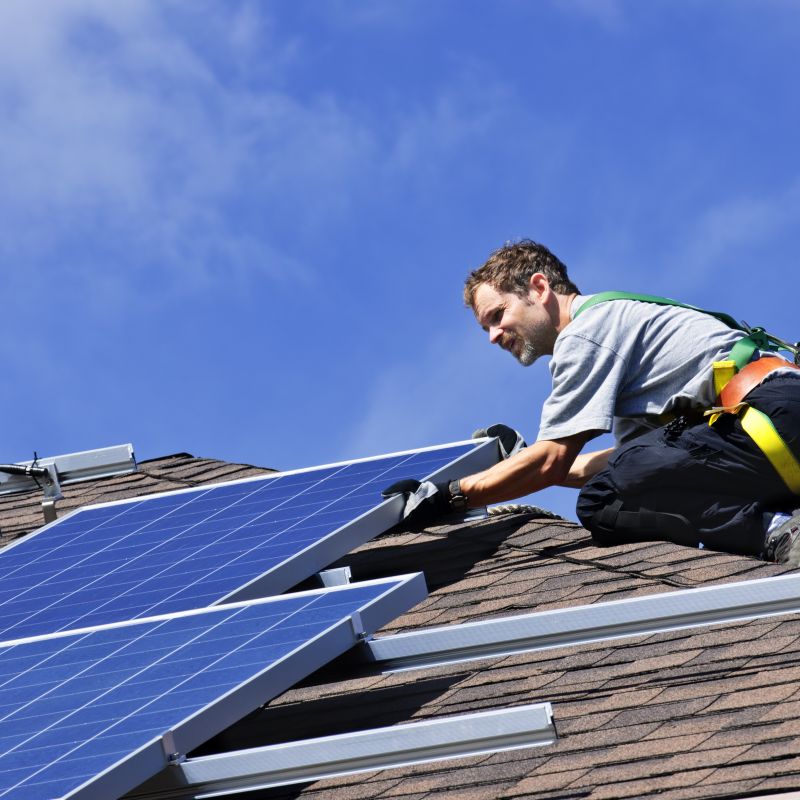
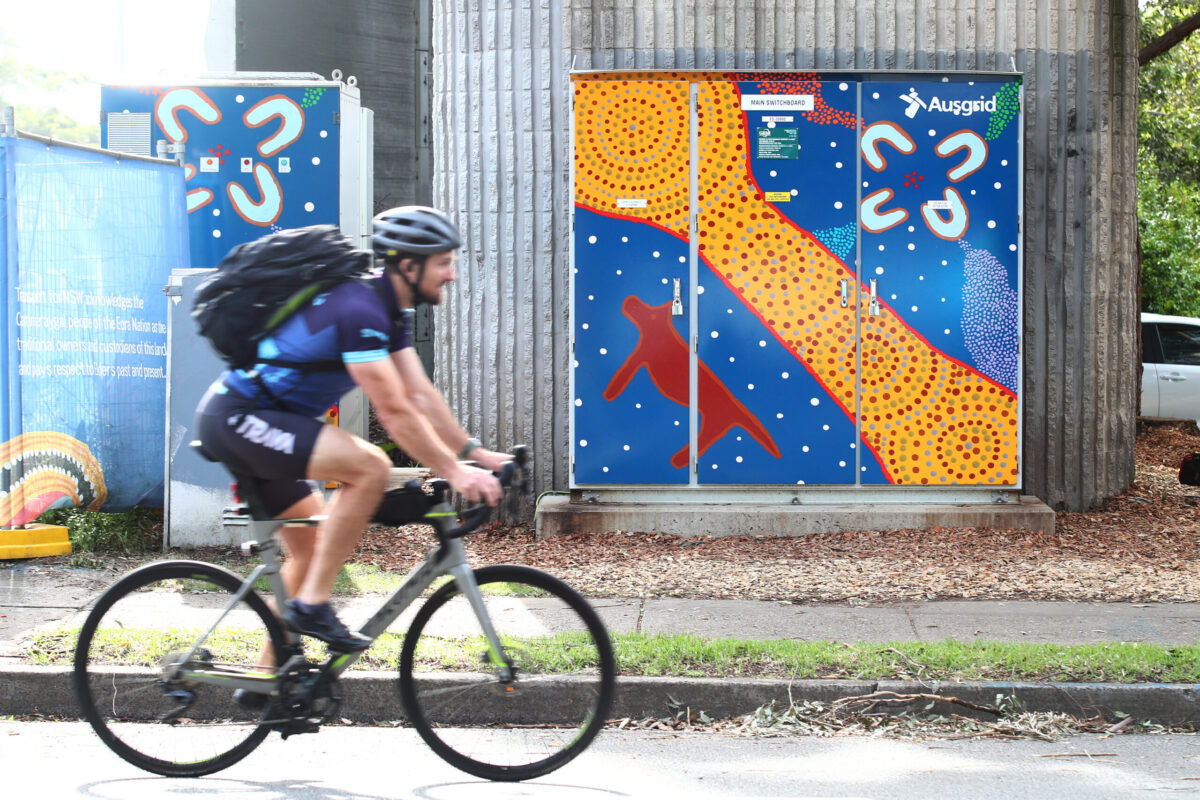


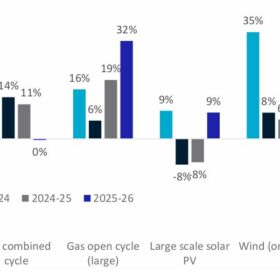
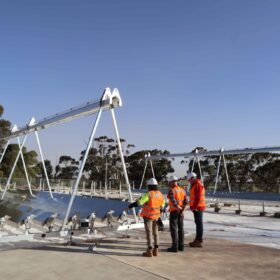
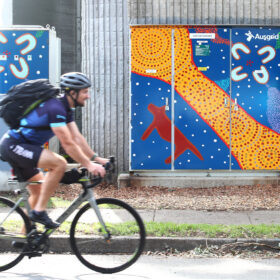
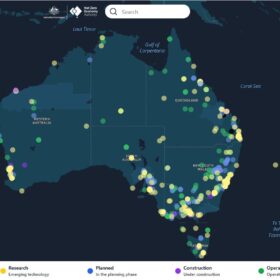
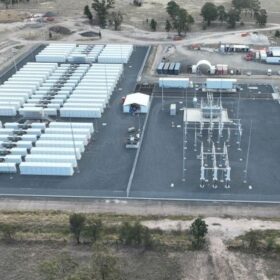
By submitting this form you agree to pv magazine using your data for the purposes of publishing your comment.
Your personal data will only be disclosed or otherwise transmitted to third parties for the purposes of spam filtering or if this is necessary for technical maintenance of the website. Any other transfer to third parties will not take place unless this is justified on the basis of applicable data protection regulations or if pv magazine is legally obliged to do so.
You may revoke this consent at any time with effect for the future, in which case your personal data will be deleted immediately. Otherwise, your data will be deleted if pv magazine has processed your request or the purpose of data storage is fulfilled.
Further information on data privacy can be found in our Data Protection Policy.